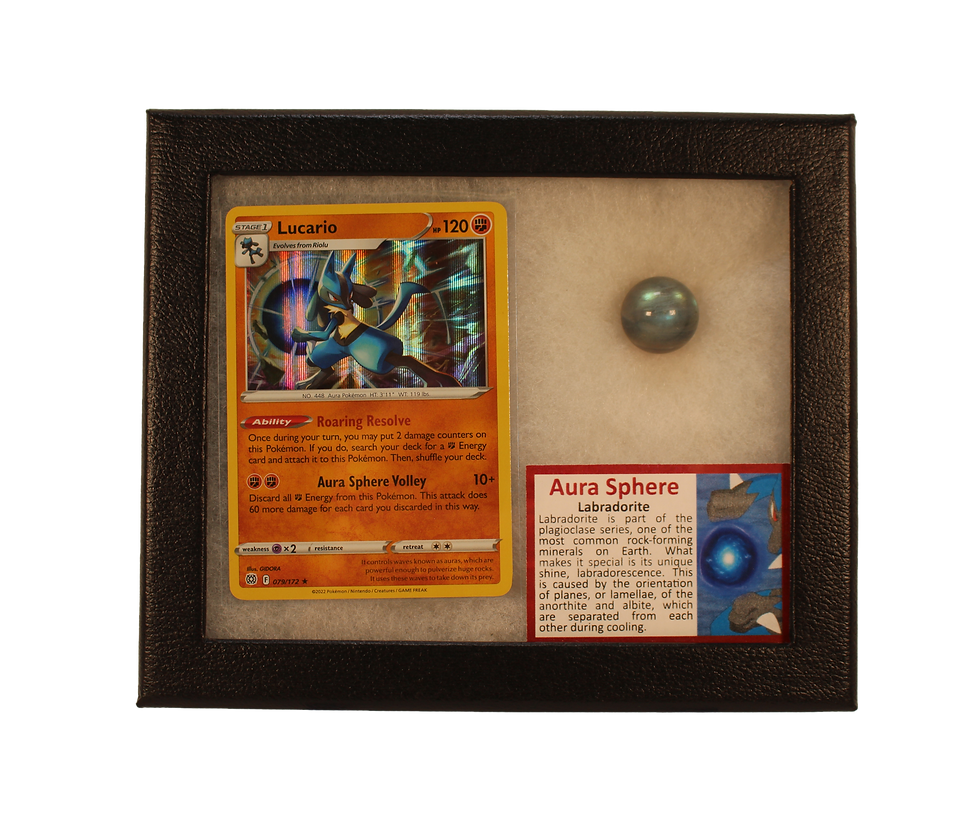Egyptian Ushabti ~ 26th Dynasty of Egypt
Ca. 664 - 525 BC
Measures roughly 4"
The Egyptian Ushabti, also known as shabti or shawabti, was a unique funerary figurine that gained popularity during the 26th Dynasty of Egypt, which spanned from approximately 664 to 525 BC. These small statuettes were an integral part of ancient Egyptian burial customs and were believed to serve as servants or workers in the afterlife. The term "ushabti" translates to "answerer" or "respondent" in ancient Egyptian, reflecting their purpose of responding to the call of the deceased and carrying out their tasks in the realm beyond.
Ushabtis were typically made of various materials, including faience, wood, stone, or even precious metals for the affluent individuals. They were crafted in the image of a mummified servant, with their arms crossed over their chest and wearing a simple tunic or a detailed garment reflecting the individual's social status. These figurines were often inscribed with hieroglyphic texts, known as the "Ushabti formula," which contained spells from the Book of the Dead or the Book of Going Forth by Day. These inscriptions served as magical instructions, enabling the ushabtis to perform tasks on behalf of the deceased.
The primary function of the ushabti was to undertake laborious tasks that awaited the deceased in the afterlife. They were intended to alleviate the individual's workload and ensure their comfort and well-being in the divine realms. The tasks included farming, construction, and general chores, which were often depicted in miniature tools held by the ushabti. It was believed that when the deceased was called upon to perform work, they could instead summon their ushabti to fulfill the duties in their place.
The number of ushabtis included in a burial varied depending on the person's wealth and status. Wealthier individuals often had larger collections of these figurines, sometimes exceeding a hundred or even several hundred ushabtis. The ushabtis were usually placed in the burial chamber, either within the tomb or in a dedicated ushabti box. Their purpose was to ensure the deceased's eternal peace and to guarantee a comfortable afterlife by providing an army of diligent workers.
The popularity of ushabtis reached its peak during the 26th Dynasty, reflecting the profound belief in the importance of proper preparations for the afterlife. These figurines not only served a practical purpose but also held significant religious and spiritual meaning for the ancient Egyptians. Today, the ushabtis found in archaeological excavations offer valuable insights into the funerary customs and beliefs.
top of page
SKU: HTEG6
$899.00Price
Related Products
bottom of page



















